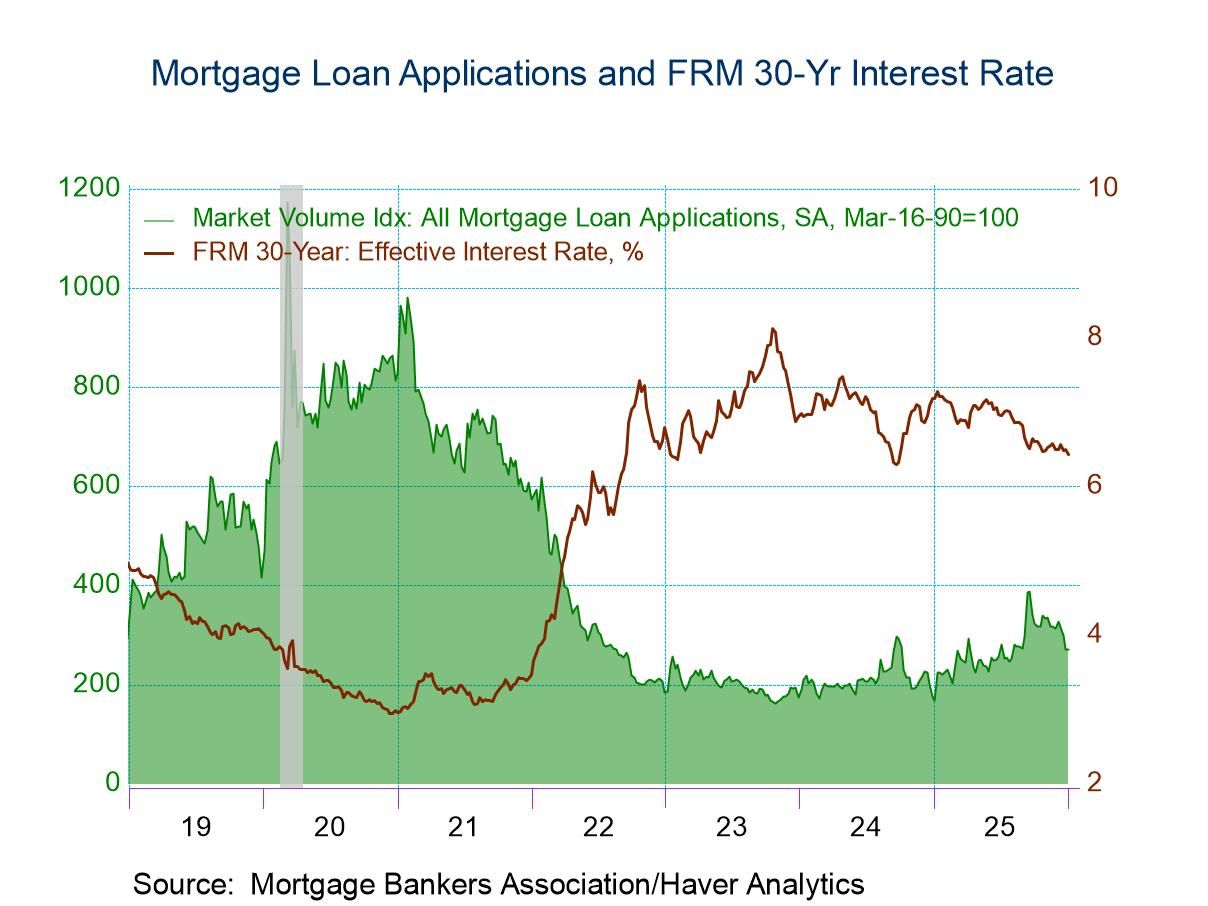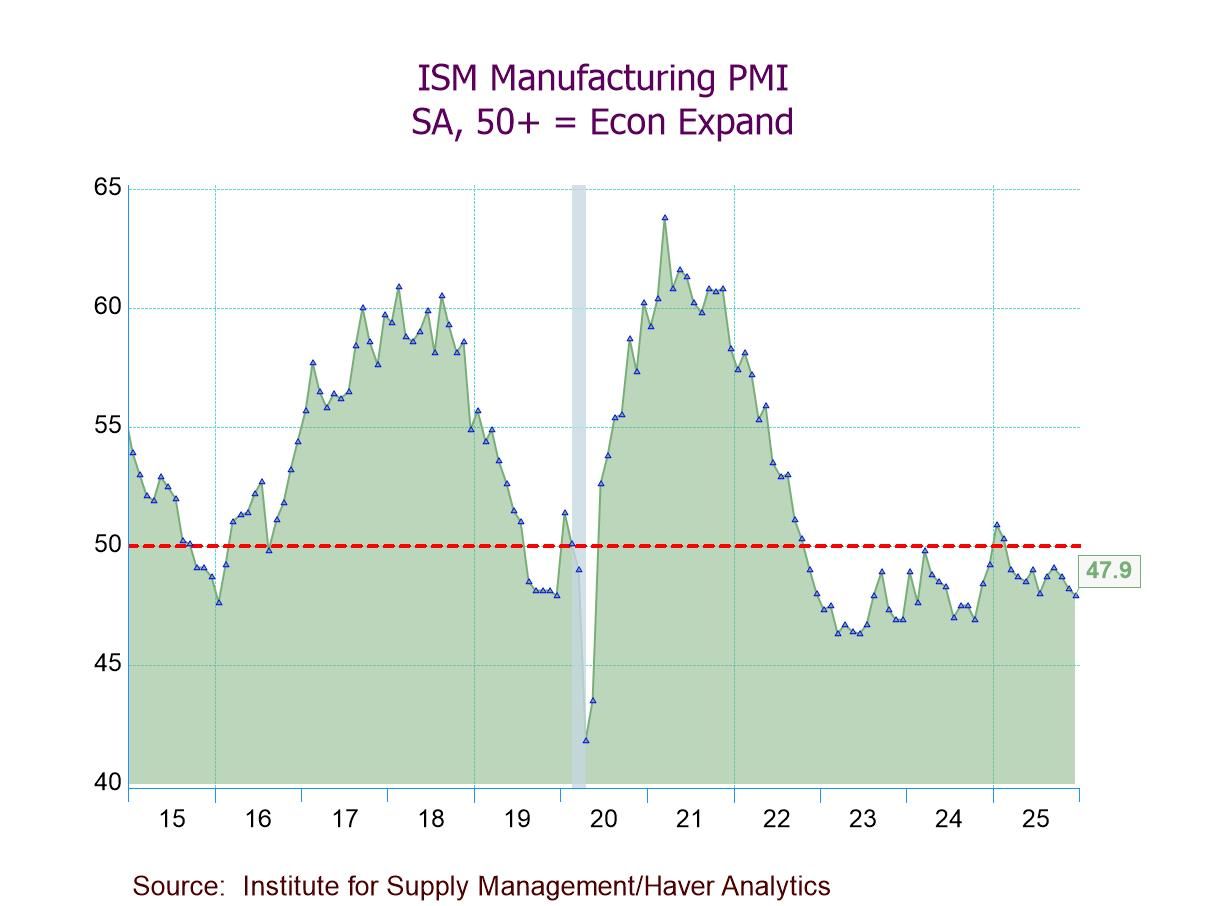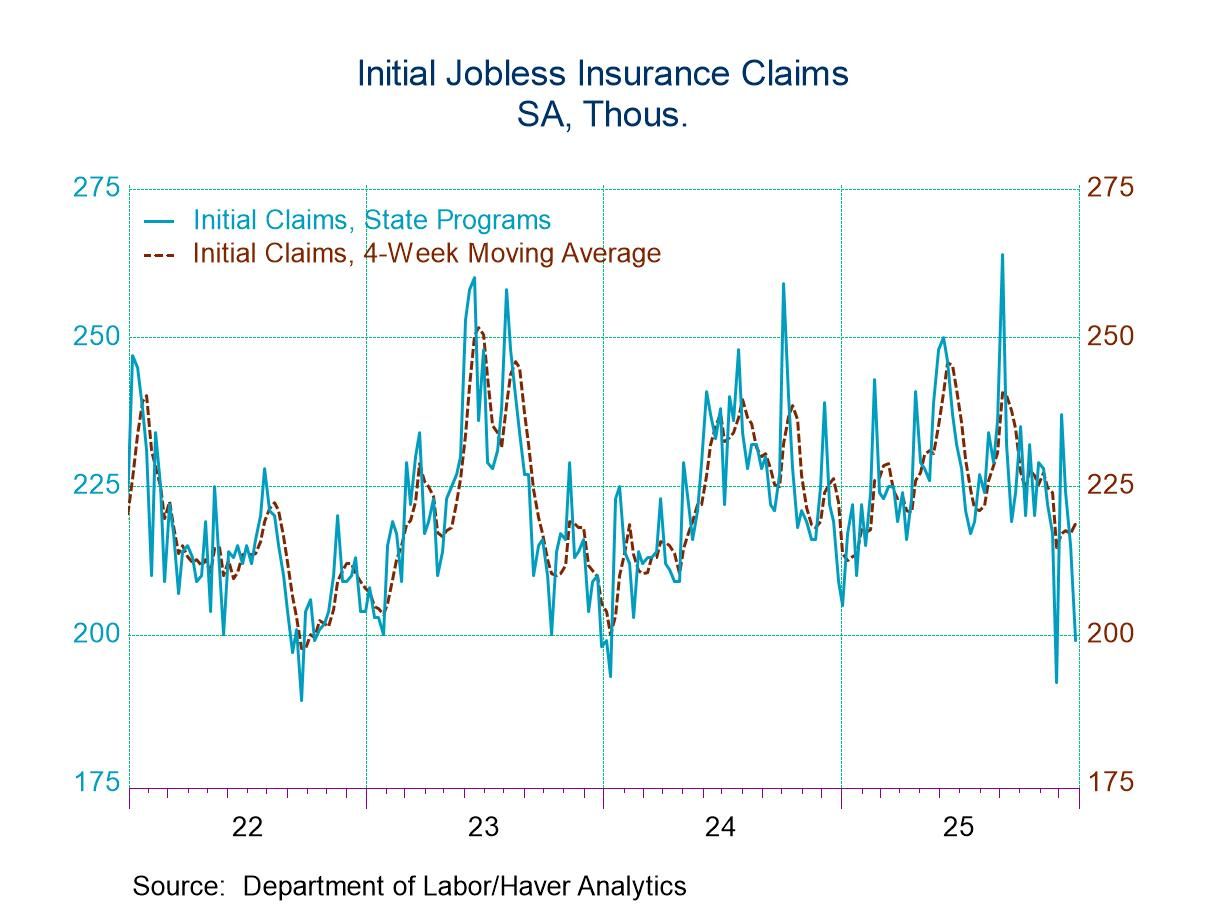UK GDP Contracts for the Second Quarter in a Row

A rule of thumb recession signal? I am generally not impressed with the signal of two declines in a row for GDP as an indicator for recession. News reports today are heralding the triggering of a ' technical recession’ signal for the UK, I will once again make the point that two negative quarters of GDP growth in a row is hardly a signal that is ‘technical’ this is a ‘rule of thumb’ judgement that is being rendered.
A rule of thumb signal, but trouble nonetheless The signal and the conclusion of recession based on this quirky measure mostly gives market participants a very quick and dirty way to assess what the economy is doing and how severe its circumstance might be. In this case, however, the depth of the GDP decline appears to be a little bit more severe than we have seen in other countries. The breadth of the declines across GDP categories suggests that this is something more serious than just the observation of two quarterly declines in GDP in a row. The UK economy appears to be in more serious trouble.
One of the first things to notice in the GDP table above is that while GDP has declined for two quarters in a row, it has logged the more severe, 1.4% drop at an annual rate, in the fourth quarter and the more modest -0.5% at an annual rate in the third quarter. Still, domestic demand grew by 1.2% in the fourth quarter after falling by 1.9% in the third quarter, domestic demand is somewhat weak but also choppy and unstable. Yet it is showing some resilience despite the overarching decline in GDP.
Year-on-year weakness, too However, in the lower panel of this table, we also see that this two-quarter decline in GDP, combined with previous quarterly weakness, generates a year-over-year decline in GDP and that makes the two quarter in a row decline a more serious event. In addition to GDP weakness, housing investment is falling year-over-year, exports and imports are both falling. Although, once again, as a counterpoint. domestic demand is rising by 3.1% year-over-year after another solid year-on-year gain in Q3 that began a recovery after a previous period of year-on-yar demand declines.
Weakening production One additional thing that I explore when I see weakness like this, is industrial production. On the industrial production front, we find even more weakness with fourth-quarter growth in the UK and manufacturing falling at a 3.6% annual rate: that's a relatively stepped-up pace of decline. In fact, consumer durables output is falling by 4% at an annual rate, intermediate goods output is falling at an 8.6% annual rate and Capital goods output is falling at a 3.7% annual rate. All of this adds to the notion of the economy weakening severely and broadly and with GDP also lower on balance over one-year this weakness assessment seems to go over the duration hurdle as well.
What makes weakness a recession? The three-metrics we look for to assess recession are (1) the depth of weakness, (2) the breadth of weakness, and (3) the duration of weakness. UK GDP falls quarter-to-quarter at the faster pace of 1.4% annualized in the current quarter. Is weakness gathering momentum? And, while industrial production in Manufacturing falls at an annualized pace of 3.6% in Q4, IP rises by 2.3% year-on-year in December. Still, other GDP components are considerably weak, as housing investment falls by 9% year-on-year, exports drop 10.3%, imports, which are linked to international competition as well as to domestic demand, fall by 2% year-on-year. Clearly domestic demand has helped imports to grow (and domestic demand is a clear positive for the economy, even though in the GDP framework an import rise subtracts from GDP). Exports are a drag on GDP as they fall; their weakness is a clear signal that the international sector is not helping the UK economy at all.
A profile of weakness The UK economy on profile is weaker that the Euro-Area where GDP is simply crawling at a slow-flat pace. The US is a marked contrast showing robust growth and acceleration.
The good news is that UK inflation is falling and that the core rate is on top of the Bank of England’s target over 3-months; the six-month inflation pace is falling sharply, but the targeted 12-month pace is still sticker and well above the target.
Consumer Confidence (GFK) has stabilized and even strengthened but it is still weak and retail sales volumes are weakening.
The overarching view is weak The UK eco-data, not just the GDP report, paint a picture of an economy in decline hinting at several kinds of stresses – but several key stresses are missing too. The pound sterling has remained firm-to-strong on a real effective exchange rate basis. That adds to confidence, but it does not assist in generating growth through exports. Various CBI surveys show a weakening economy. Surprisingly, the UK PMI surveys for manufacturing and services have been strengthening. The cyclically sensitive passenger car sector has been relatively steady, and the UK job market has been ‘resilient.’ When recessions hit the job market that is when the fur really begins to fly and various knock-on effects spread. Moreover, the financial sector is still stable.
Fine until it’s not… Of course, in recession, everything can be simply fine until it isn’t. The analogy that it is a little like a dam bursting is illustrative. Before it breaks, everything is fine, some may have had a premonition and may have taken action. Then, suddenly it isn’t OK. When the dam breaks, various things are set in motion and those on high ground may be protected – if it is high enough. Who is protected in a recession is always hard to say; it depends on the kind of recession, and its severity and the speed of its onset. The Covid recession, for example, was an extreme event, very sharp, very broad...and very short. But the aftermath of the recession is also a period of ongoing disruption in which repairs are being made. Normalcy does not instantly set in when recession ends. Some recoveries are still painful. For now, The UK economy is showing some unraveling, but it is also still at a measured pace. This could be an inflection point where things either get worse or where this is the worst of it, and conditions settle down. The stable jobs market and stable financial sector are points in favor of this remaining a tempest, that only modestly spills out of the tea pot. But the UK is clearly in a zone where there is merit to close-watching. The Conference Board LEI for the UK has weakened sharply and that also bears watching, however, internationally LEI signals have not been having their finest hour.

Robert Brusca
AuthorMore in Author Profile »Robert A. Brusca is Chief Economist of Fact and Opinion Economics, a consulting firm he founded in Manhattan. He has been an economist on Wall Street for over 25 years. He has visited central banking and large institutional clients in over 30 countries in his career as an economist. Mr. Brusca was a Divisional Research Chief at the Federal Reserve Bank of NY (Chief of the International Financial markets Division), a Fed Watcher at Irving Trust and Chief Economist at Nikko Securities International. He is widely quoted and appears in various media. Mr. Brusca holds an MA and Ph.D. in economics from Michigan State University and a BA in Economics from the University of Michigan. His research pursues his strong interests in non aligned policy economics as well as international economics. FAO Economics’ research targets investors to assist them in making better investment decisions in stocks, bonds and in a variety of international assets. The company does not manage money and has no conflicts in giving economic advice.





 Global
Global
